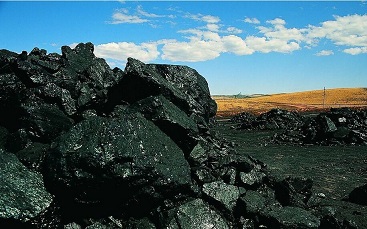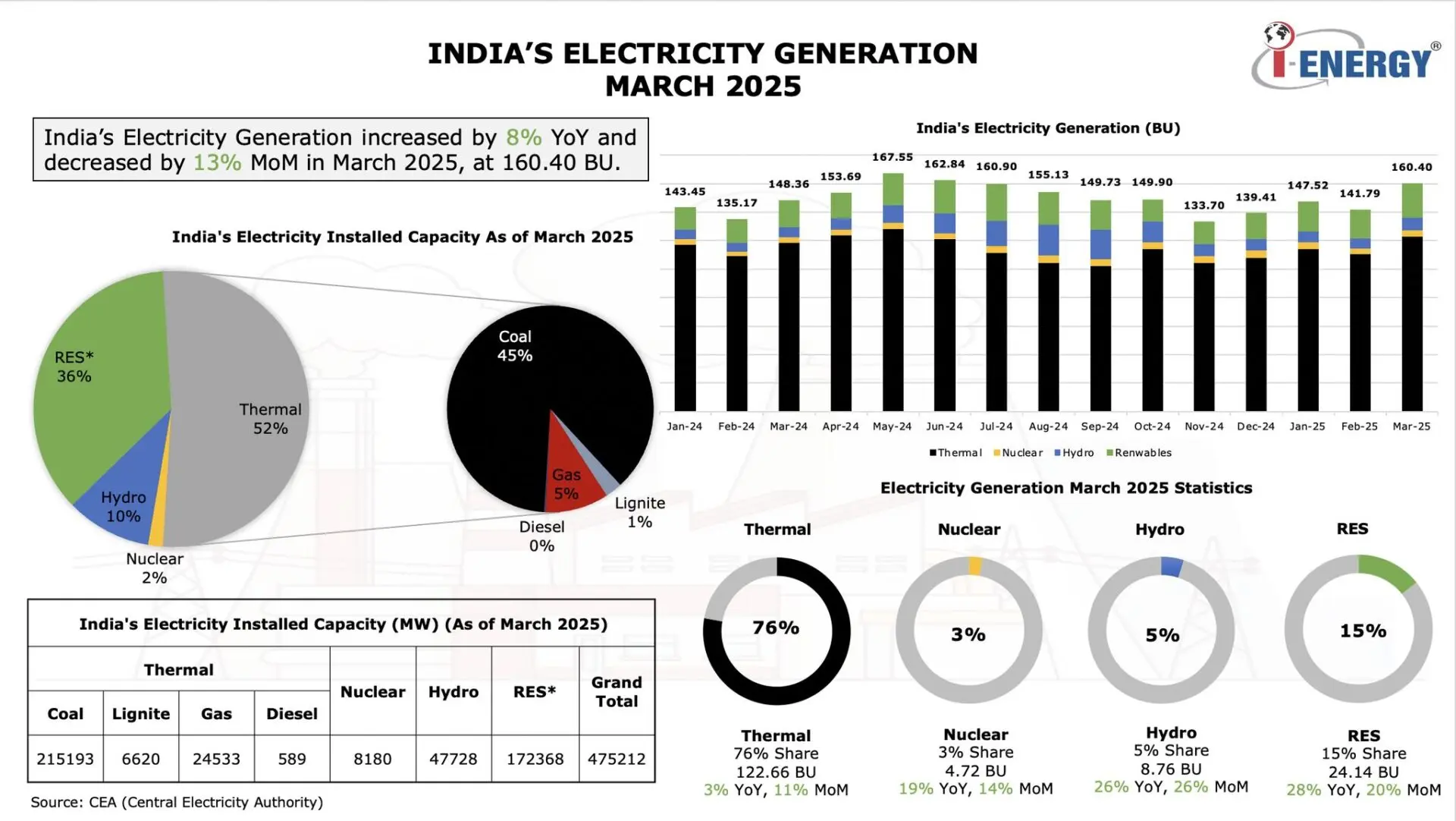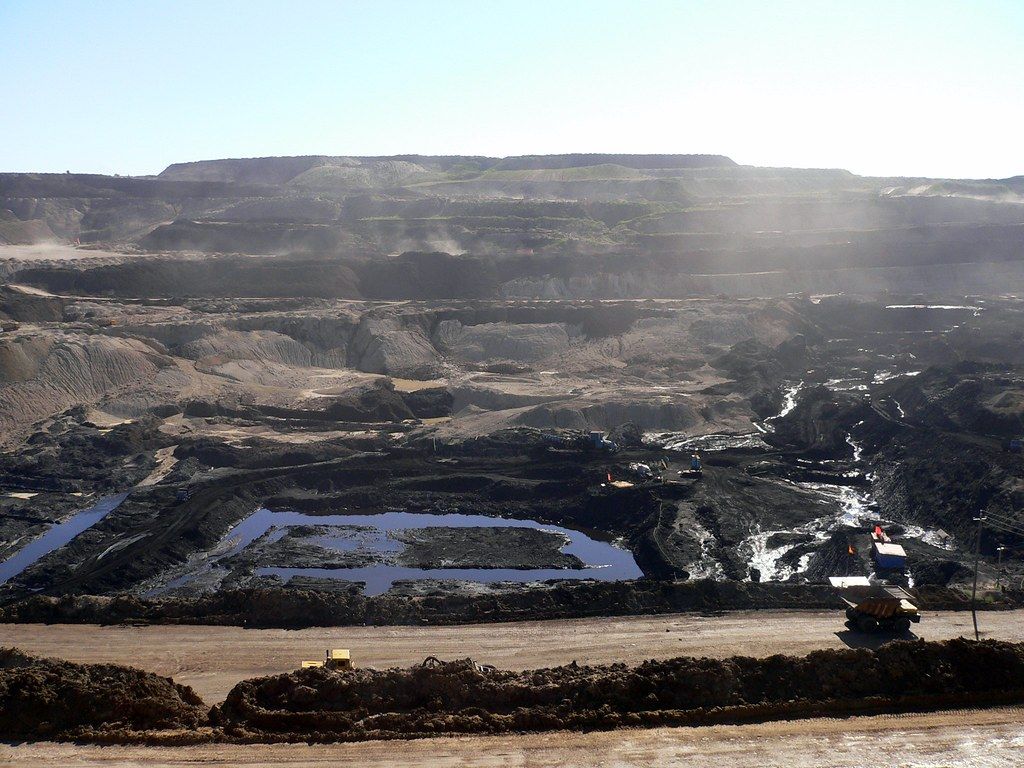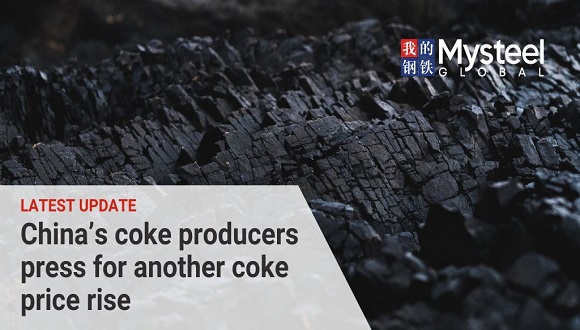
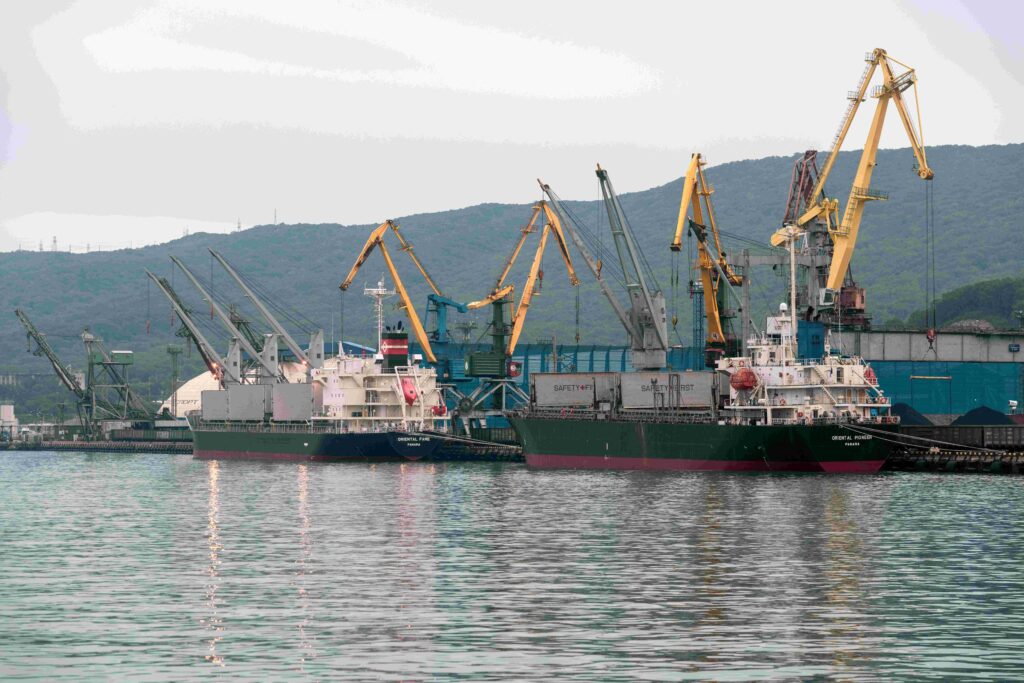
Last week, thermal coal prices on the European market dropped below 125 USD/t under pressure from such fundamental factors as increasing stockpiles, lower gas prices, and above-normal temperatures, which put off the start of the heating season.
Additional negatives were the increase in the share of RES generation in Germany, which rose from 58% to 64% last week, while the share of fossil fuels shrank from 42% to 36%.
Gas prices at the TTF hub slipped to 410.6 USD/1,000 m3 (-17.5 USD/1,000 m3 w-o-w), on stable Norwegian supplies and high reserves in EU storages.
Total stocks at ARA terminals climbed to 7.2 mio t (+0.2 mio t w-o-w).
South African High-CV 6,000 lowered to 125-127 USD/t on the back of the European energy market slump and Chinese holidays.
Shipments through Richards Bay Coal Terminal (RBCT) could hit 30-year lows this year. Currently, RBCT transshipment amounted to 35 mio t. Thus, by the end of 2023, the figure may reach 47.8 mio t (-2.60 mio t vs. 2022).
In the Chinese market, trading activity was suspended from September 29 to October 06 due to the celebration of the China’s National Day. Spot prices for 5,500 NAR coal at Qinhuangdao port remained almost unchanged at 136-137 USD/t.
Indonesian 5,900 GAR gained 3 USD/t to 95 USD/t. Indices were supported by strong demand from India, where inventories fell by 5% due to increased power generation, as well as the expected strike of Coal India Limited (CIL) workers.
The tight supply was also aggravated by the disruption of coal loading caused by a technical glitch in the Indonesian data processing system, which forced some suppliers to declare force majeure.
The local government plans to launch an online platform that will enable mining companies to simplify the process of submitting and approving their plans to increase production.
Some suppliers have already announced that they will reach their coal extraction limits soon, and one company in East Kalimantan declared force majeure after running out of its quota.
Australian High-CV 6,000 plunged below 145 USD/t, following limited trading activity and a wide spread between bid and offer prices.
Australian authorities on October 2 released a forecast that expects coal export revenues to decline, while projecting export shipments of the thermal coal to grow from 182 mio t in 2023 to 202 mio t in fiscal 2024 and to 203 mio t in 2025.
This forecast is driven by the expected end of the La Nina phenomenon and improved loading conditions at ports.
Australian HCC metallurgical coal prices soared to 360 USD/t on tight supply on the spot market and strong demand from consumers in Asia and India.
Australian authorities expect metallurgical coal imports by Chinese consumers to increase from 50 mio t in 2023 up to 54 mio t in 2024-2025, and by Indian buyers from 70 mio t in 2023 to 73 mio t in 2024-2025.
Imports from Japan and South Korea are forecasted to remain flat (41 mio t and 34 mio t in 2023-2025, respectively). Meanwhile, Australian metallurgical coal shipments in 2023 and 2024 are estimated at 172 mio t (+15 mio t or +9.6% vs. 2022).
Source: CAA










